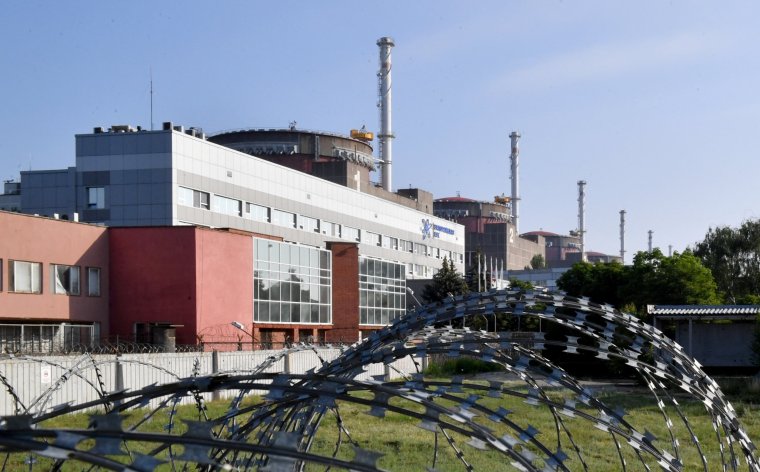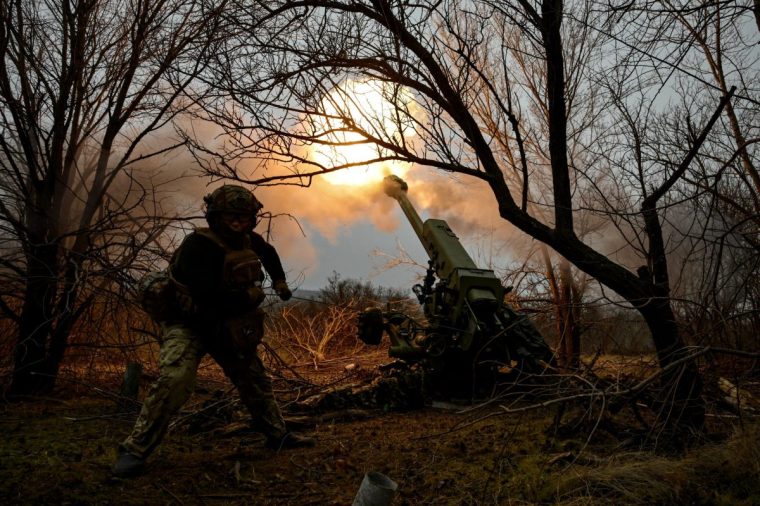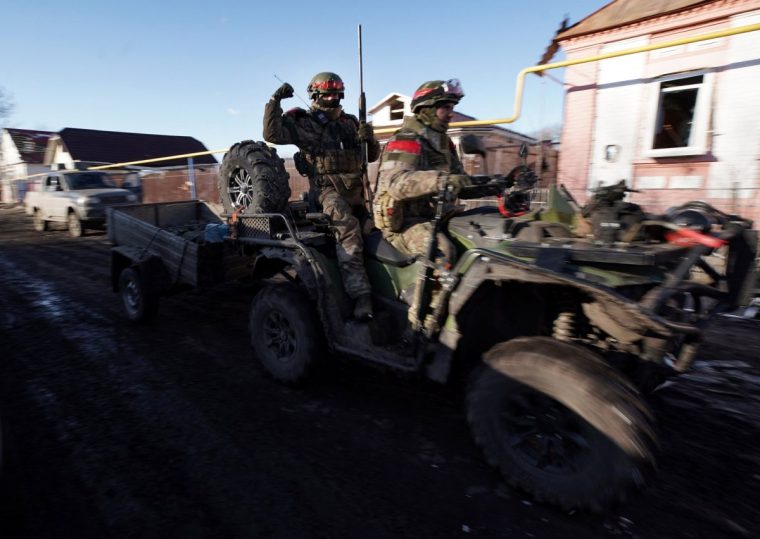Attacks on and around nuclear sites have become increasingly normalised during the war in Ukraine and the consequences could be disastrous, military watchers have warned.
Russia accused Ukraine this week of launching a drone attack which damaged Kursk nuclear power plant, which sits around 37 miles from the Ukrainian border, on Sunday.
The power plant authorities said that air defences shot down a drone that detonated near by just after midnight.
The incident damaged an auxiliary transformer and caused the plant capacity to drop by 50 per cent, they said.
The incident came on the day that Ukraine marked its 34th anniversary of independence from the Soviet Union.

Ukraine has not commented on the incident, but one Ukrainian military insider told The i Paper that troops had been ordered not to attack the plant during previous operations near by.
Another insider indicated it may have been accidental, saying that drone pilots work seven days a week and that unexpected outcomes sometimes cropped up.
There have long been fears of a nuclear incident as a result of the Russian invasion, with fighting taking place close to two major plants: Kursk and Ukraine’s Zaporizhzhia, which is the largest nuclear plant in Europe.
The International Atomic Energy Agency, the UN’s nuclear watchdog, reported that radiation was at normal levels around the Kursk plant following the attack.
‘Previously shocking acts’ are now normal
Military experts said that fighting in and around nuclear plants was becoming increasingly normalised.
Alexander Bollfrass, a nuclear proliferation expert at the International Institute for Strategic Studies (IISS), said that Russians had regularly targeted Ukrainian nuclear energy infrastructure since the full-scale invasion in February 2022.
“Some are unintentional. Others have a military logic to them, but there is also a larger Russian strategy of targeting the morale of civilians and invoking nuclear fears in the West,” he said.

“Many previously shocking acts have been normalised in the course of the war, including these attacks on nuclear energy infrastructure. Unfortunately, global attention has drifted away, but that doesn’t mean the risks are any less.”
Dr Marina Miron, a war studies expert at King’s College London, said that attacks on nuclear plants “may becoming somewhat normalised, which is in itself disconcerting”.
“When it happens the first time everyone is shocked and you see all the headlines. Then the IAEA reports that there was no rise in radiation levels and then things calm down and after an nth time this becomes sort of normal.”
The plants have become significant pawns in the war.
“When Ukraine counter-invaded Russia last year, the idea was to take the Kursk power plant and probably exchange it for Zaporizhzhia power plant, so that they could then say, we’ll trade you; give us that one, and we’ll give you yours back,” Miron said.
Darya Dolzikova, a nuclear expert at the Royal United Services Institute (RUSI) in London, previously warned that military activity around nuclear sites “should not be normalised” but that such attacks may become more common.

“The expected growth of the importance of nuclear power in the global energy mix in the coming decades may increase the likelihood that future armed conflict will see greater targeting of nuclear energy infrastructure,” she said.
As well as causing infrastructural damage to an adversary or sending strong military signals, the “psychological salience” of nuclear sites mean they may be used for “escalatory, deterrent or coercive purposes”.
It may also be a deliberate tactic to release radioactive material to make an area into a no-go zone, but could inadvertently expand to “friendly” areas or escalate the conflict it it seeps into a third country.
Attacks on nuclear sites ‘increasing danger’ of radiological accident
Lukasz Kulesa, director of nuclear policy at RUSI, said that while most nuclear reactors were relatively “well protected against attacks and accidents through their reinforced structures, this is not always the case”.
“Some reactors in Russia, including at the Kursk nuclear power plant, lack such a protective concrete dome, which makes them more vulnerable and dangerous in case of an attack,” he said.

“Artillery or drone attacks and other military activities can also threaten staff and personnel working at the site, and damage or destroy support infrastructure crucial for the functioning of the power plant, such as water supply and power grid connections and generators, or spent nuclear fuel storage sites.
“All such attacks disturb the operations of nuclear power plants and increase the danger, and the most serious ones can cause a direct threat of a radiological incident.”
Kulesa warned that “the fact that previous incidents related to the nuclear security of Zaporizhzhia power plant had not resulted in a nuclear accident should not be a reason for complacency”.
“There remains a danger that international norms with regards to the prohibition of military attacks against nuclear power plants, and the efforts by the IAEA to clarify and strengthen nuclear safety and security norms during armed conflicts would be ignored in other conflicts.”
However, Bollfrass said that these attacks were “unlikely to bring about the next Chernobyl”.
“The most serious damage has been to facilities themselves and their ability to deliver electricity, and the integrity of Ukraine’s energy grid as a whole,” he said.
“Something like a missile hitting stored spent fuel or an operating reactor would create a serious radiological hazard, but neither side has shown any interest in doing so. Most hits on or near nuclear power plants have been inflicted by drones with much less powerful warheads.”
